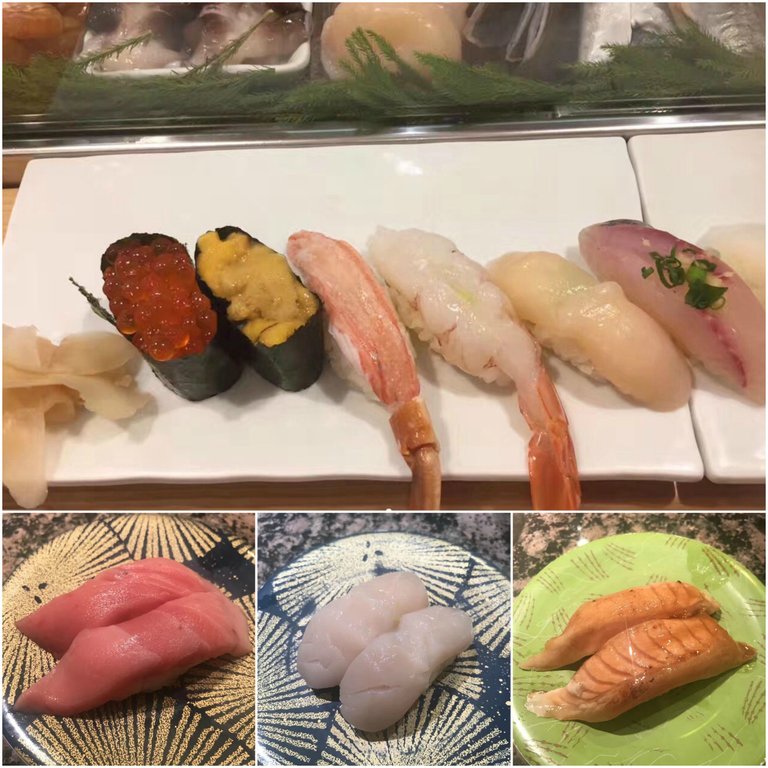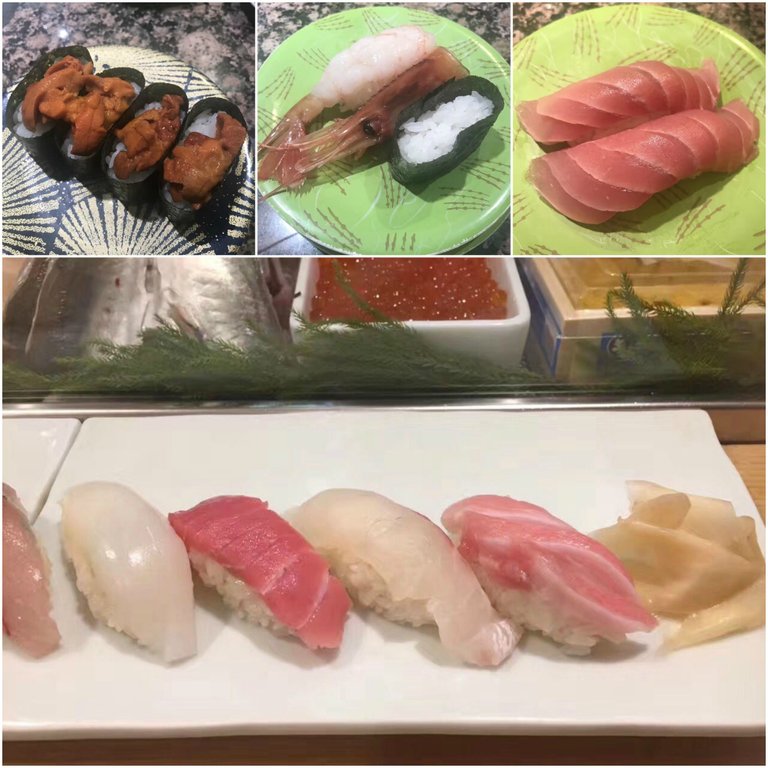Sushi in Tokyo, the land of limitless raw fish and seafood. It's been a very fulfilling trip thus far, particularly with regards to the food. Most people expect the food to be faintly similar in other parts of the world, particularly if it is Sushi. Is it the pedigree of fish? It's time to table? Freshness of the water it was raised in? What about the way it is prepared?
You'll be glad to know that each of these factors contribute to an overall better sushi experience in Tokyo than anywhere else. Other parts of the world have strict laws regarding how to keep the fish, particularly when it comes to health and safety. Many places require that the fish be frozen and thus much of the taste is lost by the time it makes it way to your plate.
Other places outright ban the holding of live fish in restaurants citing animal cruelty prior to killing. But let's be honest, what is the difference killing the fish just before cooking it, or killing the fish days before? Not very much.
So, the Japanese have developed a way to dispatch the fish in the quickest and most humane way, and this is not just to morally justify killing and eating the fish, but also to preserve the taste and tender texture of it's meat for as long as possible after it is killed. The method used is called Ikejime. This method involves inserting a metal object directly to the fish's brain killing it instantly. The fins will stand up and the fish will go limp almost instantly. Ethically, this sounds a lot better than letting a fish gradually suffocate in a bucket, or even get butchered without being properly dispatched.

It's these little things that give Japanese food and Japanese restaurants a reputation for giving incredible attention to detail with their food. Just like many other aspects of Japanese culture, the Sushi takes on the petite mini bite size motif suited to people who enjoy eating a larger variety of foods, each smaller in portion.
Perfectly sized sushi rolls, or small rectangles of rice with a piece of raw fish delicately draped on top is just part of how the chef presents and serves with utmost taste. The only difference between the high-end and mid-range sushi would be down to the chefs ability to pull all these factors together, efficiently and correctly. In Japan, nearly all of the chefs are highly skilled, and this is down to the fact that the Sushi industry is extremely competitive. If they did not deliver, they would quickly be substituted by someone who could.
This particular restaurant has some oddities worth having a try. For starters, the prawns here are inclusive of the head, and the sushi boat is provided as an option. There are actually two main types of prawn used, the hardshell and the softshell. The hardshell prawns actually have the more juicy and soft meat but will cost up to two times more than the regular soft shell prawns.
Sea urchins also have quite a strange initial taste, admittedly almost tasting a bit like manure. However, the unpleasant taste quickly subsides with the rice. It is almost never served without rice for this reason. Other nigiri's will include the Salmon, Hamachi, yellow fin tuna, the bintoro tuna, and even scallops. My favourite would have to be the lightly charred salmon nigiri. They use a mini blow torch to cook it before serving.
Of course, Salmon roe is not cheap, and it is nutritionally one of the best sushi's on offer. Every assortment needs a piece or two of this.

Nice
Thanks